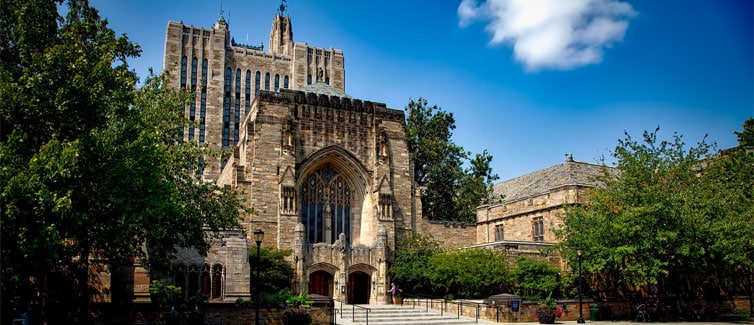We're moving! This site will be relocating to goingto.university in 2026. Please update your bookmarks to the new address.


When international students research higher education in the USA, one primary distinction they’ll encounter is between public and private universities. Understanding the differences can influence your decision, due to factors such as affordability and location.
Public Universities: these universities receive state government funding, which allows them to offer lower tuition fees than private universities. International students aren’t able to take advantage of the in-state tuition rates, so need to be aware that public universities are still a large financial commitment.
Private Universities: lacking government funding, private universities rely on tuition fees, endowments, and donations. As a result, their tuition fees are usually higher than those of public universities. However, private universities normally have larger financial aid resources, and international students might find themselves eligible for scholarships and grants that can significantly offset their costs.
Public Universities: many public universities are large, and can therefore accommodate a large number of students. This often results in a diverse student body, which can lead to a more culturally diverse experience for international students. Schools like the University of California, Los Angeles (UCLA) or the University of Michigan attract students from all around the world.
Private Universities – private universities can range in size, from small colleges with a few thousand students to larger universities with tens of thousands of students. Some of the most prestigious universities in the US (and the world) are private, and their global reputation precedes them.
Public Universities: with their large campuses and extensive resources, many public universities offer a wide range of programs, from arts and humanities to engineering and medicine. Their research facilities are often state-of-the-art, providing ample opportunities for students to engage in cutting-edge projects and studies.
Private Universities: while some private universities have a broad curriculum, others might specialise in specific fields, offering a more focused approach to certain subjects. The resources available can be extensive, and many private universities are recognised for their research contributions. Moreover, some smaller private colleges offer a liberal arts education, emphasising a comprehensive and holistic approach to learning.
The Ivy League is a group of eight historic and prestigious universities in the Northeastern region of the US. All eight members of the Ivy League are private. Here’s a quick list:
While all of them are private, they differ significantly in terms of campus culture, course offerings and overall environment. However, their shared reputation for academic excellence, historic significance, and extensive resources make them highly popular for both domestic and international students.
The decision between public and private universities in the US hinges on various factors, including financial considerations, academic interests, desired campus environment, and long-term goals. While public universities offer a diverse environment and often a broader range of studies, private universities might provide more focused programs and smaller class sizes, along with a unique prestige, especially if considering the Ivy League.
For international students, both public and private universities in the US will offer a world-class education, extensive support systems, and a memorable experience. Research, campus visits (virtual or in-person), and discussions with current students or alumni can provide invaluable insights into making the right decision.
See all universities in the USA.
Study in the USAJoin the StudyLink email list and never miss a chance to turn your study abroad dreams into reality!

Read our key advice article to help you make the best decision for your education and start your International study adventure.

In this article we look at how to approach choosing where in the world you would like to study.

Read StudyLink's suggestions on your first steps when deciding where to study abroad, with helpful tips to make your decision easier.

Find out more about English language tests, your options and what is required as an overseas student.

StudyLink.com take a detailed look into the costs of studying abroad and all the aspects that you should budget for when embarking on your studies.

We answer 10 common questions about applying for a student visa to help make your visa application quick and easy.

Find out more about international student visas for studying abroad, as well as how, where and when to apply for yours.

Find out more about funding and scholarships for international students, and what financial assistance might be available to you.

How to choose a course that fits you? Check our top tips on choosing which course is best for you to help you make an informed decision.
The latest articles from study abroad providers and StudyLink.com to hep you on your study abroad journey.
See more articles